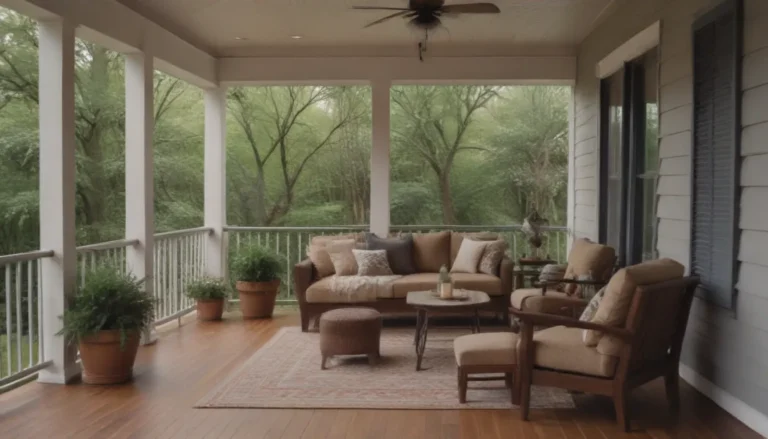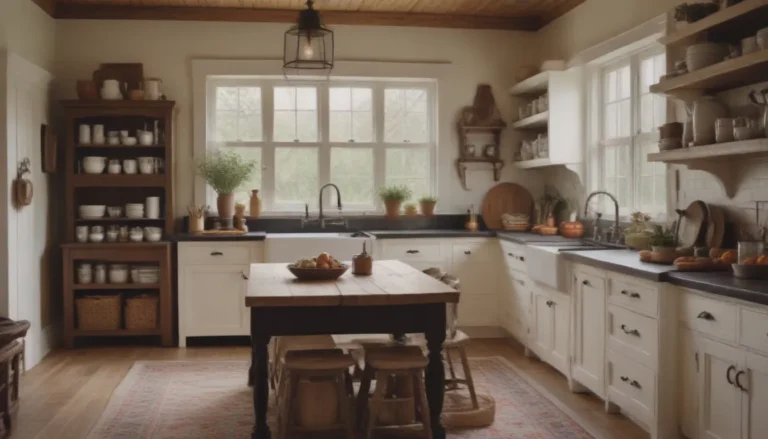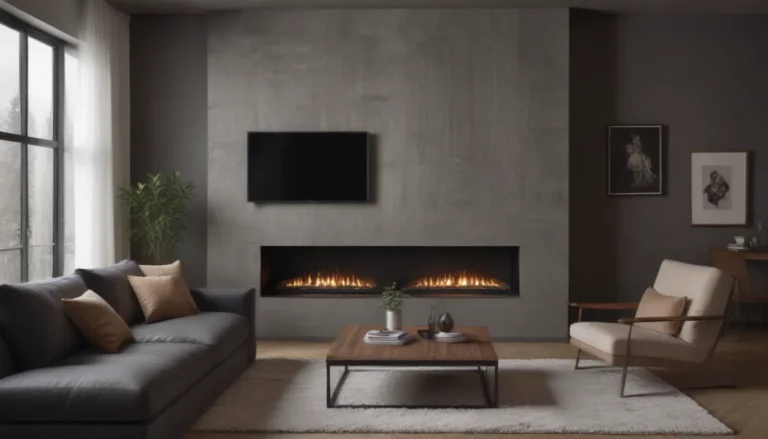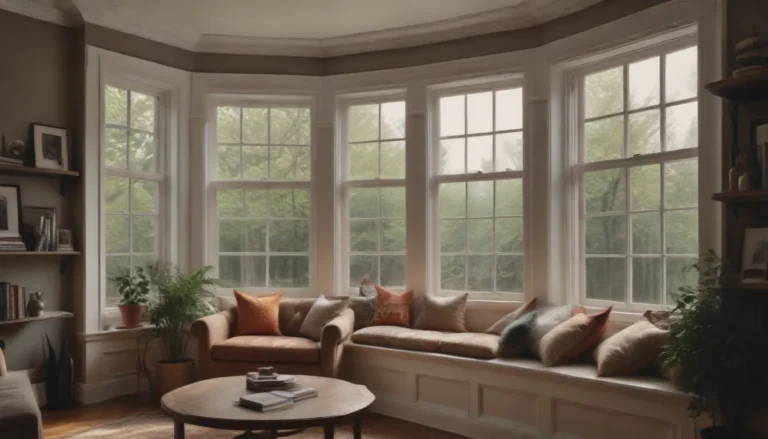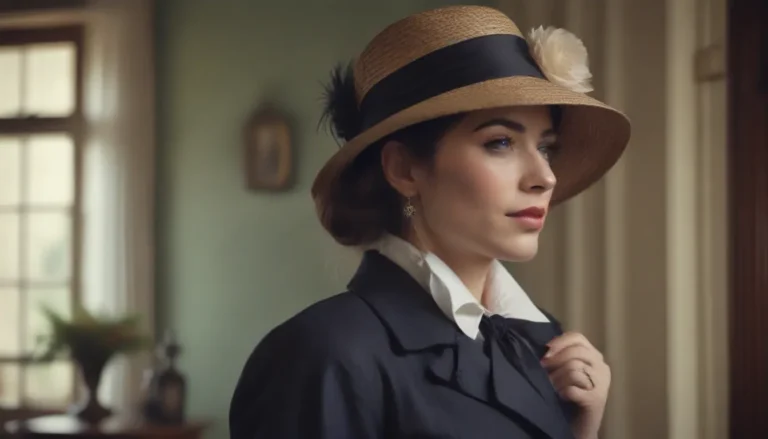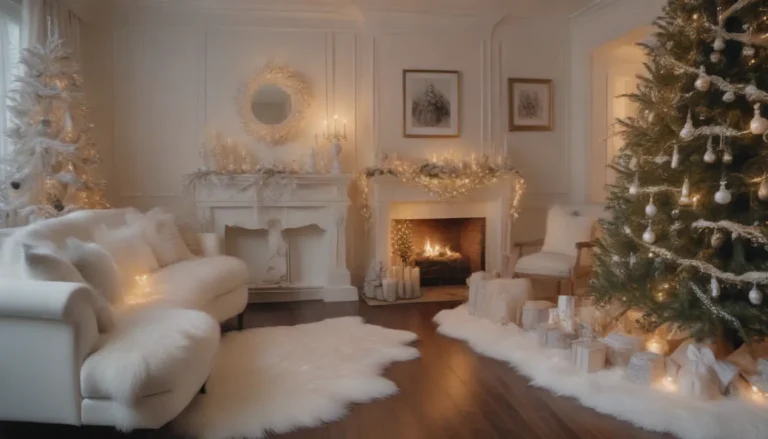Exploring the Charm of Arts and Crafts Homes

If you’re a fan of unique architecture and timeless design, then Arts and Crafts-style homes are sure to capture your interest. These homes embody a rich history and a distinctive approach to craftsmanship that sets them apart from other architectural styles. In this in-depth guide, we’ll delve into the world of Arts and Crafts homes, exploring their origins, key features, and enduring appeal.
Unpacking the History of Arts and Crafts Homes
To truly appreciate Arts and Crafts-style homes, it’s essential to understand the historical context in which they emerged. Originating in England in the mid-19th century, the Arts and Crafts movement was a response to the excessive ornamentation and mass production of the Victorian era. This design philosophy prioritized handcrafted elements and natural materials, aiming to create spaces that were both aesthetically pleasing and functional.
As the movement spread to America at the turn of the 20th century, it influenced a variety of design disciplines, including architecture, interior design, textiles, and fine art. Arts and Crafts-style homes, characterized by their simplicity and attention to detail, became a prominent expression of this design ethos. The movement’s emphasis on quality over quantity and the celebration of skilled craftsmanship resonated with homeowners seeking a more authentic and personal living environment.
What Makes an Arts and Crafts Home Unique?
Arts and Crafts-style homes are known for their distinctive features that set them apart from other architectural styles. Whether you’re admiring a Craftsman bungalow or a traditional Arts and Crafts residence, there are several key elements that define this design aesthetic:
- Symmetry and Asymmetry: Arts and Crafts homes can exhibit both symmetrical and asymmetrical facades, adding visual interest and character to the exterior.
- Low-to-the-Ground Design: These homes are typically built close to the ground, emphasizing a sense of connection to the surrounding landscape.
- Efficient Use of Space: Arts and Crafts homes are designed to maximize space and minimize unnecessary upkeep, making them practical and functional for everyday living.
- Prominent Rooflines: The roofs of Arts and Crafts homes often feature low pitches and wide overhangs, creating a distinctive silhouette that is both striking and practical.
- Exposed Beams: Exposed rafters and beams are a common feature in Arts and Crafts homes, adding a sense of warmth and craftsmanship to the interior.
- Built-Ins: Custom built-in furniture, such as bookshelves, window seats, and cabinets, reflect the personalized and thoughtful approach of Arts and Crafts design.
- Multipane Windows: Windows with smaller panes, set in multiple assemblies, are a hallmark of Arts and Crafts architecture, allowing for ample natural light and a charming aesthetic.
- Fireplace Focal Points: The presence of a large fireplace in the main living space serves as a focal point, creating a cozy and inviting atmosphere.
- Prominent Porches: Arts and Crafts homes often feature spacious porches with prominent columns, providing a welcoming entryway and outdoor living space.
- Open Floor Plans: Unlike the segmented rooms of Victorian-era homes, Arts and Crafts interiors feature open floor plans that promote a sense of flow and connectivity.
The Allure of Natural Materials
One of the distinguishing characteristics of Arts and Crafts-style homes is the use of natural materials that reflect the movement’s emphasis on simplicity and authenticity. From real stone and brick to fine handiwork features like hammered metalwork and authentic copper and bronze, these homes are a testament to the craftsmanship and quality of their construction. By incorporating locally sourced materials and showcasing skilled craftsmanship, Arts and Crafts homes exude a sense of timelessness and artistry that continues to captivate homeowners and design enthusiasts alike.
Embracing Timeless Design
Despite evolving design trends and changing tastes, Arts and Crafts-style homes have stood the test of time, maintaining their appeal and relevance in the world of architecture. The enduring popularity of these homes can be attributed to their timeless design principles, which prioritize quality, craftsmanship, and personal expression. Whether you’re drawn to the cozy charm of a Bungalow or the architectural grandeur of a Craftsman home, Arts and Crafts-style residences offer a sense of authenticity and character that transcends passing fads.
Discovering Arts and Crafts Today
While the Arts and Crafts movement may have peaked in popularity in the early 20th century, its legacy continues to inspire homeowners and designers to this day. Whether you’re renovating a historic Arts and Crafts home or incorporating elements of this design aesthetic into a modern space, the principles of handcrafted simplicity and thoughtful craftsmanship can elevate any architectural style. From the warmth of exposed beams to the elegance of multipane windows, Arts and Crafts design elements add a sense of character and authenticity to any home, creating a space that is both beautiful and functional.
In conclusion, Arts and Crafts-style homes represent a unique blend of history, craftsmanship, and timeless design. By embracing the principles of simplicity, quality, and authenticity, these homes have left an indelible mark on the world of architecture and continue to inspire homeowners and designers alike. Whether you’re a fan of traditional Craftsman architecture or simply appreciate the charm of a well-crafted home, Arts and Crafts-style residences offer a glimpse into a bygone era of handcrafted elegance and enduring beauty. So, the next time you find yourself admiring the exposed beams and multipane windows of an Arts and Crafts home, take a moment to appreciate the legacy of design excellence that continues to thrive in these architectural treasures.
